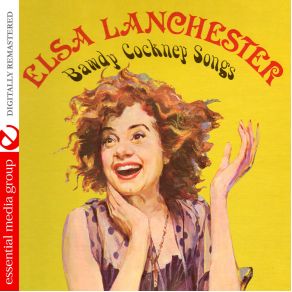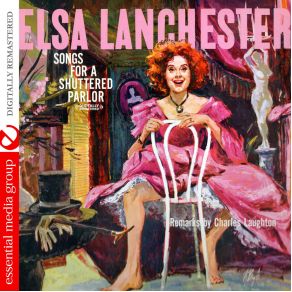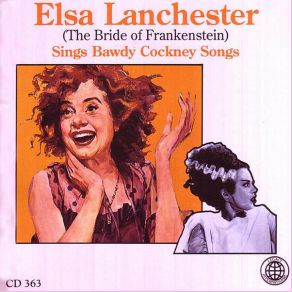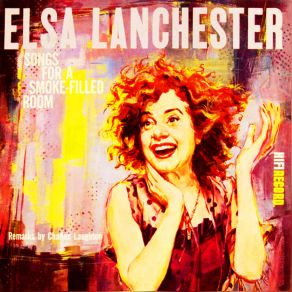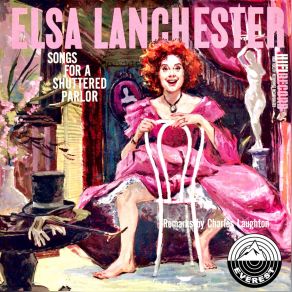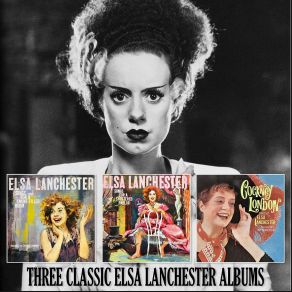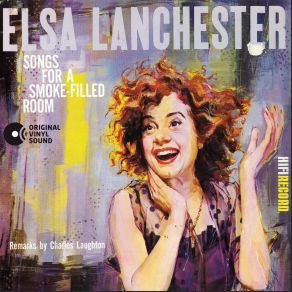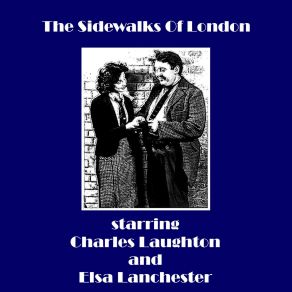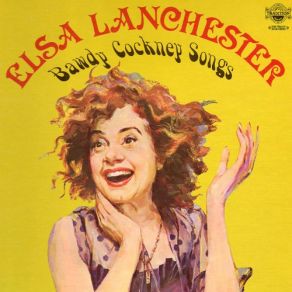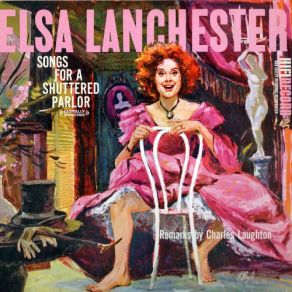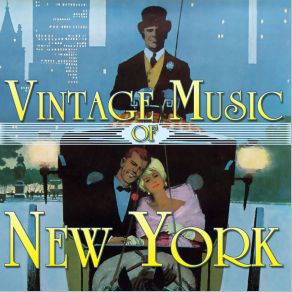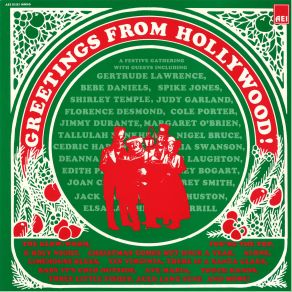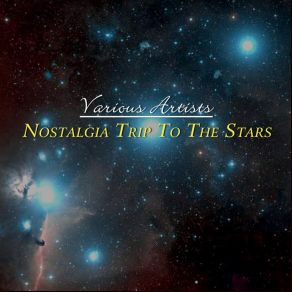Elsa Lanchester
Wikimp3 information about the music of Elsa Lanchester. On our website we have 15 albums and 5 collections of artist Elsa Lanchester. You can find useful information and download songs of this artist. We also know that Elsa Lanchester represents Jazz genres.
Biography
[Edit]She will forever be identified as the Bride of Frankenstein, despite the fact that this character's on-screen time in the film of the same name lasted only a bit longer than the average pop single. Elsa Lanchester was a versatile British character actress and performer who was often typecast as a wisecracking cockney dame gal in her early days. Although her long film career developed into parts with a softer edge, some offbeat comedy roles in combination with her husband, Charles Laughton, and the aforementioned monster spectacular, she eventually returned to the Cockney roots to create recordings anthologizing Bawdy Cockney Songs, and when that had proved to be a good idea, More Bawdy Cockney Songs. The risqué themes of these songs are best represented by the example song title "Linda and Her Londonderry Air."
She was born Elizabeth Sullivan and studied dance beginning at the age of 11 with the famous Isadora Duncan. She was forced to return home from Duncan's school of dance in Paris only a year later when war broke out and had to abandon her girlhood dream of performing classical dance. At age 12, she was sent to a Welsh boarding school to teach dance classes in trade for her education and food. At only 16 years old, she was one of the organizers of a London children's theater company and also taught there for several years. During this time, she belonged to a group called the Cave of Harmony Productions that performed one-act plays, as well as cabaret songs. During one of the group's performances in 1926 at the London Metropole, a member of the British Royal family walked out in disgust during Lanchester's rendition of the song "Please Sell No More Drink to My Father." Perhaps this should be taken as a good omen, since the song later became one of her trademark numbers. Her knack for acting led to a successful career on the English stage, and in 1927 she made her film debut in One of the Best. She met Laughton in 1933 while filming The Private Life of Henry VIII, in which she played Ann of Cleves. The couple eventually moved to Hollywood where their careers took off. Her film career lasted half a century, ending with her final film, Sophie, in 1980. Come to the Stable in 1949 was the first of her two Oscar nominations and she also appeared regularly on television. In addition to the film and television work, her Los Angeles years also included a great deal of stage performances. Beginning in the '30s, she became involved with that city's Turnabout Theatre on Olvera Street, a wonderfully creative enterprise spearheaded by the puppet troupe of writer and performer Forman Brown. She joined the troupe on a permanent basis and became one of the venue's most popular attractions, the audience seats filling with stars of the magnitude of Greta Garbo and Douglas Fairbanks. In this setting, she was involved in creating an evolving series of cabaret song presentations using material written by Brown, who scribbled out more than 50 songs written with her unique style in mind. These titles include "Catalogue Woman," "It's Nice to See You're Back," and "When a Lady Has a Piazza." Lanchester died of pneumonia.
Title: Bawdy Cockney Songs (Remastered)
Artist: Elsa Lanchester
Genre: World Music, Songwriter/Lyricist, Humor
Title: Songs for a Shuttered Parlor (Remastered)
Artist: Elsa Lanchester
Genre: World Music, Songwriter/Lyricist, Humor
Title: "The Bride of Frankenstein" Sings Bawdy Cockney Songs
Artist: Elsa Lanchester
Genre: World Music, Songwriter/Lyricist, Folk
Title: Songs for a Shuttered Parlor (feat. Charles Laughton)
Artist: Elsa Lanchester
Genre: Songwriter/Lyricist
Title: More Bawdy Cockney Songs, Vol. II (Digitally Remastered)
Artist: Elsa Lanchester
Genre: World Music, Latin, Humor
Title: More Bawdy Cockney Songs, Vol. II (Remastered)
Artist: Elsa Lanchester
Genre: Songwriter/Lyricist, Humor
Title: Bawdy Cockney Songs (Digitally Remastered)
Artist: Elsa Lanchester
Genre: World Music, Latin, Theatre/Soundtrack, Vocal & Symphonic
Title: Songs For A Smoke-Filled Room (Digitally Remastered)
Artist: Elsa Lanchester
Genre: World Music, Latin, Theatre/Soundtrack, Vocal & Symphonic
Title: Songs For a Shuttered Parlor (Digitally Remastered)
Artist: Elsa Lanchester
Genre: World Music, Latin, Theatre/Soundtrack, Vocal & Symphonic
Collections
Title: Vintage Music of New York
Genre: Jazz
Title: 100 of the Greatest Comedy Skits
Genre: Humor
Title: Greetings From Hollywood!
Genre: Traditional Pop Music
Title: Nostalgia Trip to the Stars
Genre: Jazz
Title: Revue 1919 - 1929
Genre: Jazz

